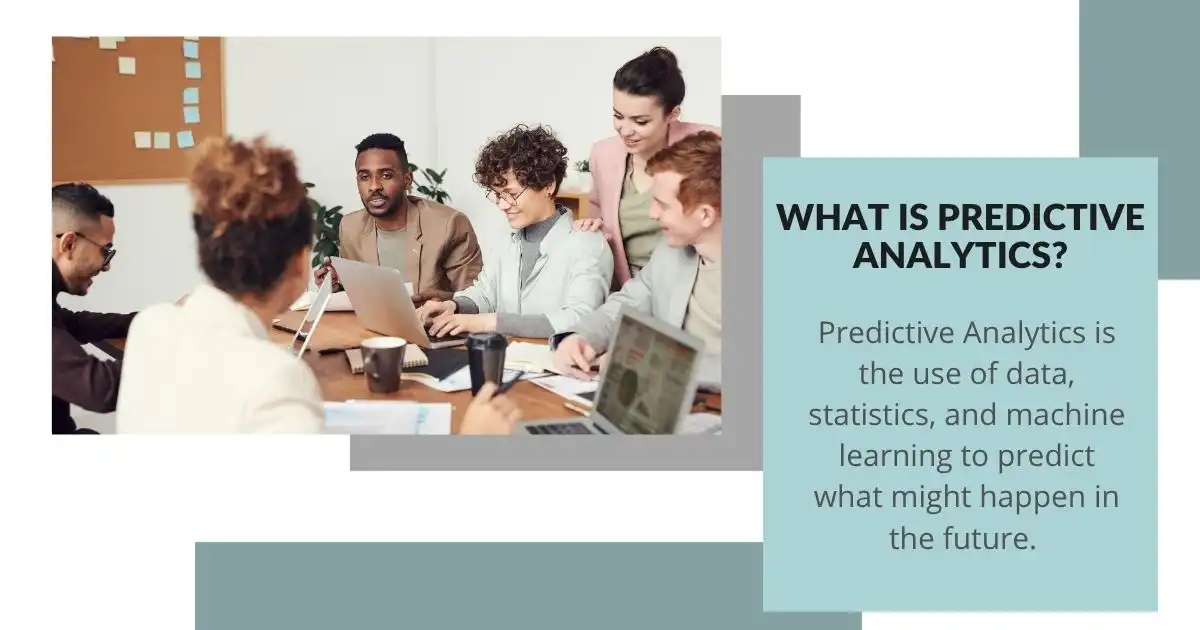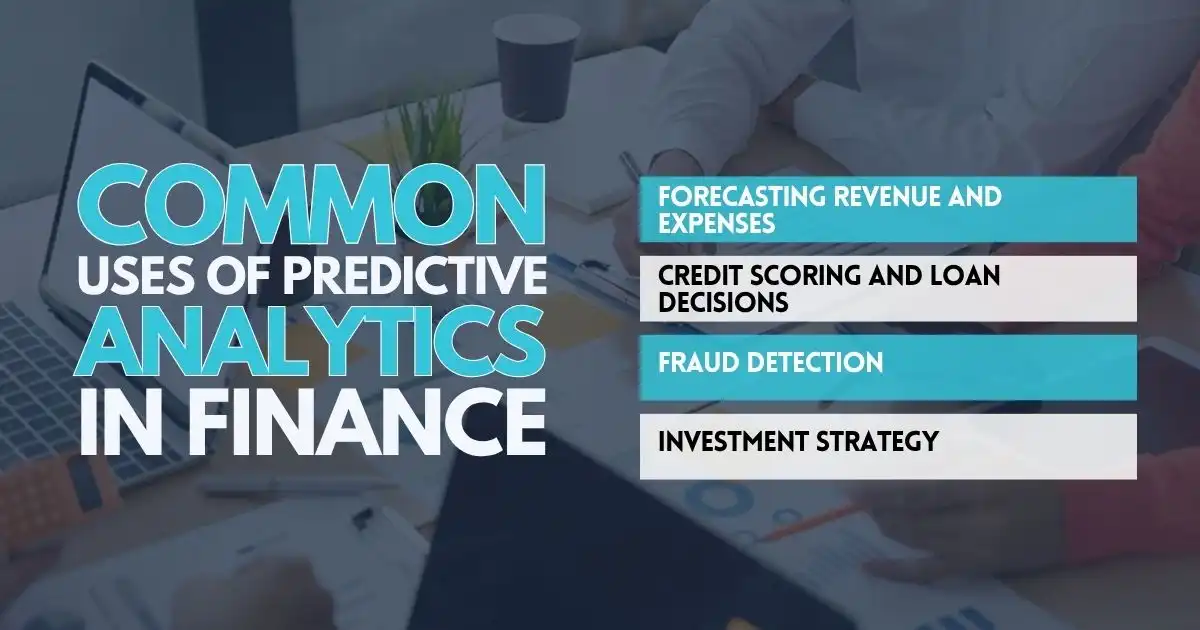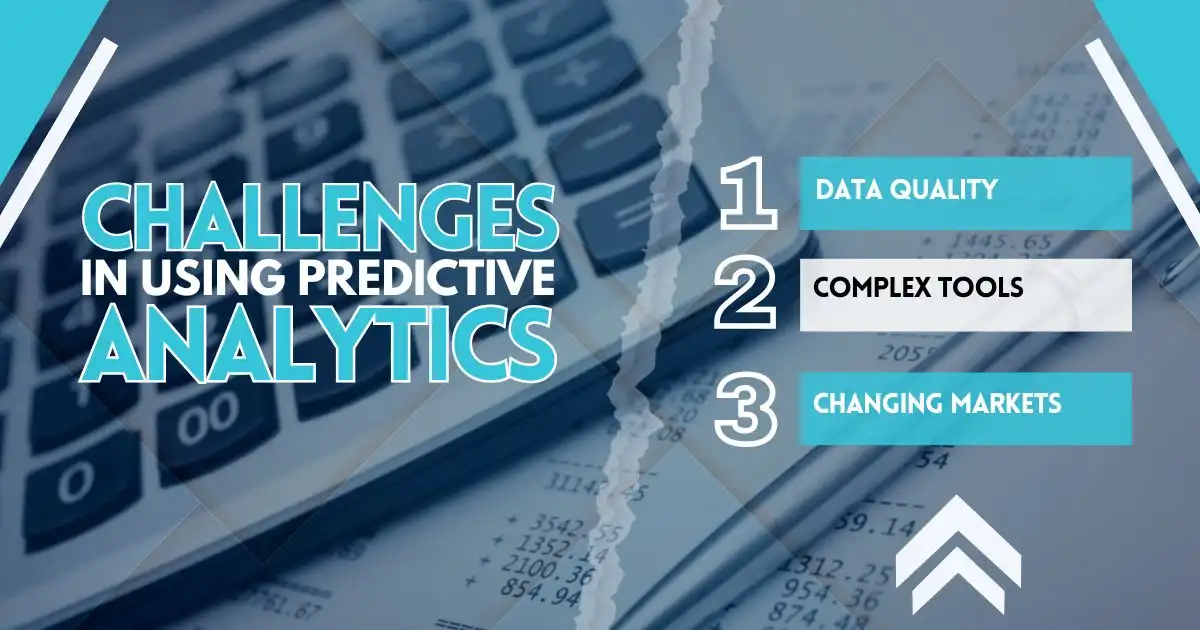Thriving in today’s financial landscape means using data to stay ahead, adapt fast, and make informed decisions. As finance grows more complex, guesswork and basic historical comparisons fall short. Businesses now need tools that reveal patterns, highlight risks, and predict what’s next.
That’s where predictive analytics comes in. By combining data, statistical models, and machine learning, this powerful tool forecasts future outcomes with impressive accuracy. It helps organizations anticipate challenges, spot opportunities, and act with confidence.
In a world driven by speed and precision, predictive analytics is quickly becoming essential for forward-thinking finance teams ready to lead with insight.
But how will you harness the power of prediction to drive smarter decisions and shape the future of finance?
What Is Predictive Analytics?

Predictive analytics is the use of data, statistics, and machine learning to predict what might happen in the future. It finds patterns in past data and uses them to make educated guesses about future events.
Predictive analytics uses:
- Historical data (past numbers)
- Statistical models (math formulas)
- Machine learning algorithms (smart computer programs)
Together, these tools help companies spot trends, find risks, and plan ahead
Why Predictive Analytics Matters in Finance

Finance professionals often deal with big decisions. Predictive analytics gives them the insights they need to make smart choices before problems arise or opportunities are missed.
Benefits of Financial Planning:
- Improved forecasting – Better predictions of revenue, costs, and profits
- Risk management – Detecting possible financial risks before they happen
- Budgeting accuracy – Creating budgets based on real data trends
- Resource allocation – Knowing where to invest time and money effectively
Common Uses of Predictive Analytics in Finance

Predictive analytics is now used across many areas of finance to improve results and reduce uncertainty.
- Forecasting Revenue and Expenses – Finance teams use predictive models to estimate future income and spending. This helps businesses plan for growth or manage tight situations.
- Credit Scoring and Loan Decisions – Banks and lenders use predictive tools to check if someone is likely to repay a loan. This leads to better credit decisions and lower risk.
- Fraud Detection – By identifying unusual patterns in spending or transactions, predictive analytics can help detect fraud before it causes major losses.
- Investment Strategy – Finance professionals use data models to predict stock trends and market movements, helping them make more informed investment decisions.
Tools Used in Predictive Analytics
Many tools help finance teams do predictive analytics. These tools make it easier to collect, analyze, and interpret data, even for those without advanced programming skills.
Popular Software and Platforms
- Microsoft Power BI
- Tableau
- SAS Analytics
- Python and R (programming languages)
These tools help professionals analyze data, build models, and visualize trends to support better decision-making.
Challenges in Using Predictive Analytics

While predictive analytics is powerful, it also comes with some challenges. Finance teams must carefully manage these issues to ensure their predictions remain accurate and reliable.
Concerns:
- Data quality – If the data is bad, predictions will be wrong.
- Complex tools – Learning to use advanced software takes time.
- Changing markets – Sudden changes can affect accuracy.
That’s why finance teams must keep updating their models and stay alert to changes in the business environment
The Future of Predictive Analytics in Finance
As technology continues to evolve, predictive analytics is set to play an even greater role in the future of finance. With the integration of artificial intelligence (AI) and automation, financial analysis is becoming faster, more accurate, and more accessible.
We can expect to see more precise forecasting tools that enhance planning and decision-making, along with the rise of AI-powered financial assistants that support real-time insights and recommendations.
Predictive analytics will also become more widely used by small businesses and startups, not just large corporations, as tools become more affordable and user-friendly. Additionally, the demand for finance professionals with strong data analysis and technical skills will continue to grow, making predictive analytics a vital area of focus for anyone pursuing a career in finance.
The Power of Prediction in Finance
Numbers alone won’t cut it anymore. Finance teams used to look backward, but that’s like driving with your eyes on the rearview mirror. Predictive analytics flips the script. It looks ahead, finds patterns, and warns you before trouble shows up.
Want to catch fraud before it bites? Or plan your budget so tight it runs like clockwork? That’s what this tool can do. It’s not magic—it’s smart use of data. Companies using it don’t just play the game; they change it. If you still rely on guesswork, you’re skating on thin ice. Learning how to read the signs in your data is the secret weapon of tomorrow’s finance leaders.
The world won’t slow down, so why should you? Step up, get curious, and make your numbers speak. Because in the race to stay ahead, those who wait will get left behind. Are you the one leading or following the crowd?
FAQs
What is predictive analytics in finance?
Predictive analytics in finance uses historical data and algorithms to forecast future financial outcomes and improve decision-making.
How does predictive analytics support financial decision-making?
It provides finance professionals with data-driven insights to make smarter, faster, and more accurate financial decisions.
Why is budgeting accuracy important in data-driven finance?
Accurate budgeting helps organizations allocate resources efficiently and reduce financial risks through informed planning.
How is predictive analytics used in investment strategy and risk management in finance?
It helps identify potential investment opportunities and assess risk levels by analyzing trends through financial forecasting tools.
